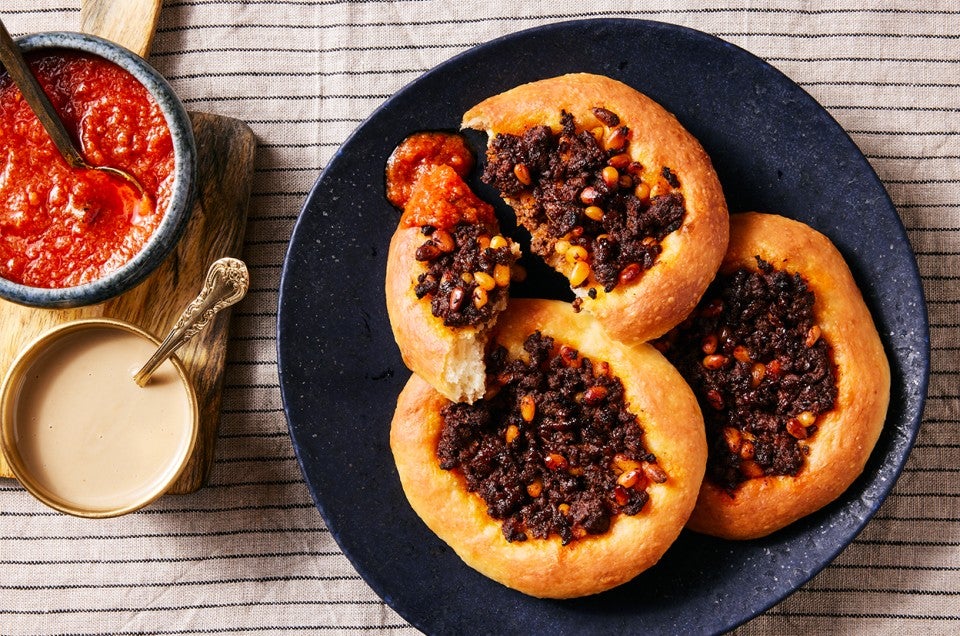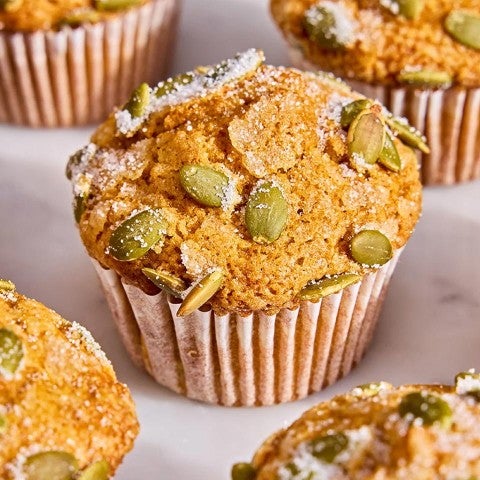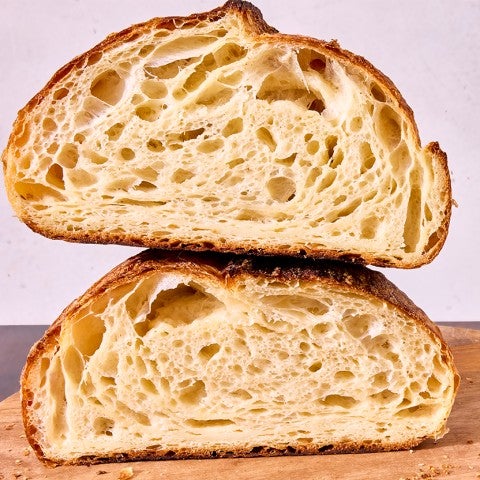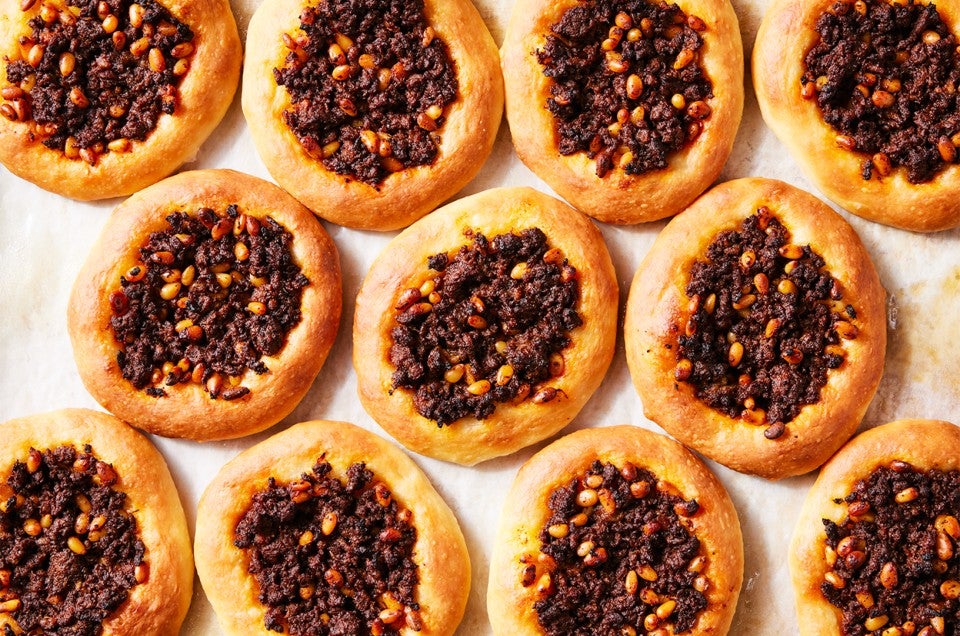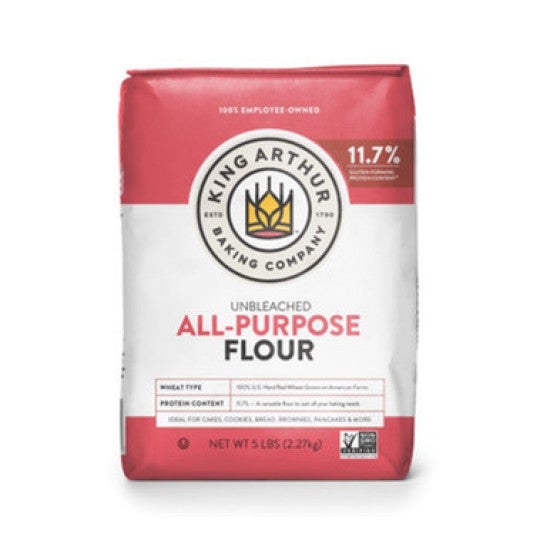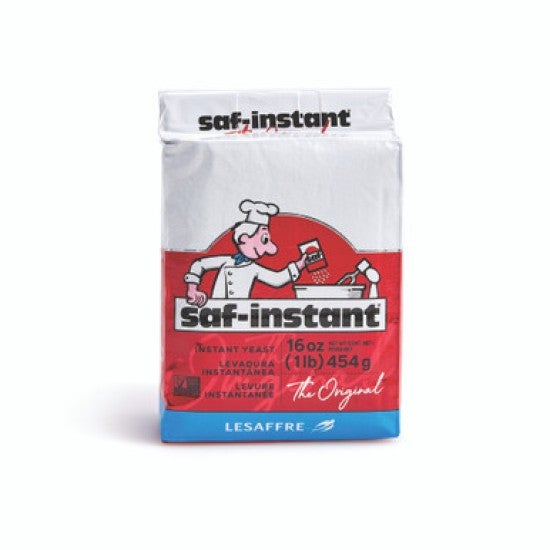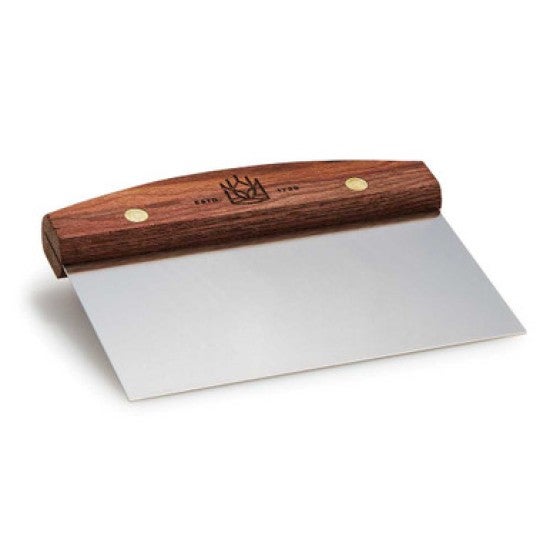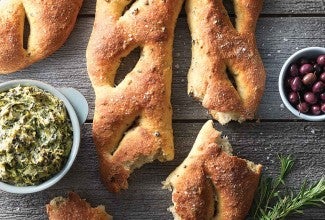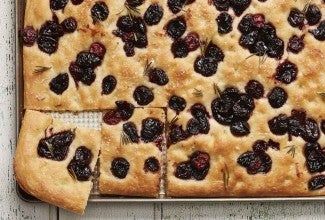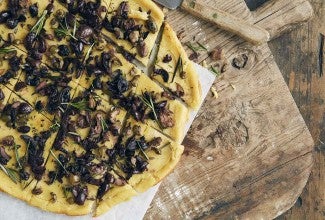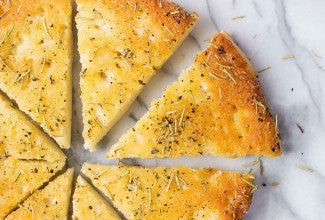-
To make the dough: In a liquid measuring cup, combine the water and salt, stirring to dissolve the salt. In a large bowl, whisk together the flour, sugar, and yeast. Make a well in the middle and add the water mixture, yogurt, and olive oil. Mix together with your hands to form a shaggy dough.
-
Turn the dough out onto a lightly floured surface and knead for about 1 minute. Form into a rough ball, then place in a greased bowl and turn to coat so that the dough is lightly greased. Cover and let the dough rest at room temperature until it doubles in size, 1 to 2 hours.
-
To make the topping: In a medium saucepan, combine the onion and oil (you want the oil to just cover the onion). Bring to a bare simmer over medium heat, then reduce the heat to low, cover, and cook. Stir occasionally to keep the onions from sticking, until they’re very tender, about 30 minutes.
-
Stir in the ground meat, baharat, and salt. Increase the heat to bring the mixture just to a boil, then reduce the heat to low, cover the pan, and continue cooking, stirring occasionally and breaking up the meat into small bits with a wooden spoon, until the meat is cooked through and very tender, about 30 minutes.
-
Strain the mixture through a mesh sieve. Discard the oil or reserve it for other cooking needs (see “tips” below).
-
Let the mixture cool, then stir in the harissa and pine nuts. Adjust harissa and salt to taste.
-
Preheat the oven to 500°F with racks in the upper lower thirds. Lightly grease two baking sheets with olive oil or line with parchment.
-
To shape the lahm bi ajeen: Transfer the dough to a generously oiled work surface and divide it into 15 pieces (about 60g each). With oiled hands, roll each piece into a round ball, then use your hands to flatten each ball into a rough disk about 4" in diameter. Transfer the rounds to the prepared baking sheet, then repeat with the other balls of dough, dividing them among the sheets as you work.
-
Evenly divide the meat mixture between all 15 disks (about 2 heaping tablespoons meat per piece), and then use your hands to spread it over the surface, leaving a 1/2" border.
-
Bake the lahm bi ajeen for 18 to 20 minutes, rotating halfway through, until the dough is golden brown. Enjoy the lahm bi ajeen while warm with a side of tahini sauce and matbucha (see "tips" below).
-
Storage information: The filling can be made up to 3 days in advance and stored in an airtight container in the fridge. Baked lahm bi ajeen freeze well: Wrap them individually and take them out as needed. Defrost them in the refrigerator overnight, then reheat in a toaster oven.
